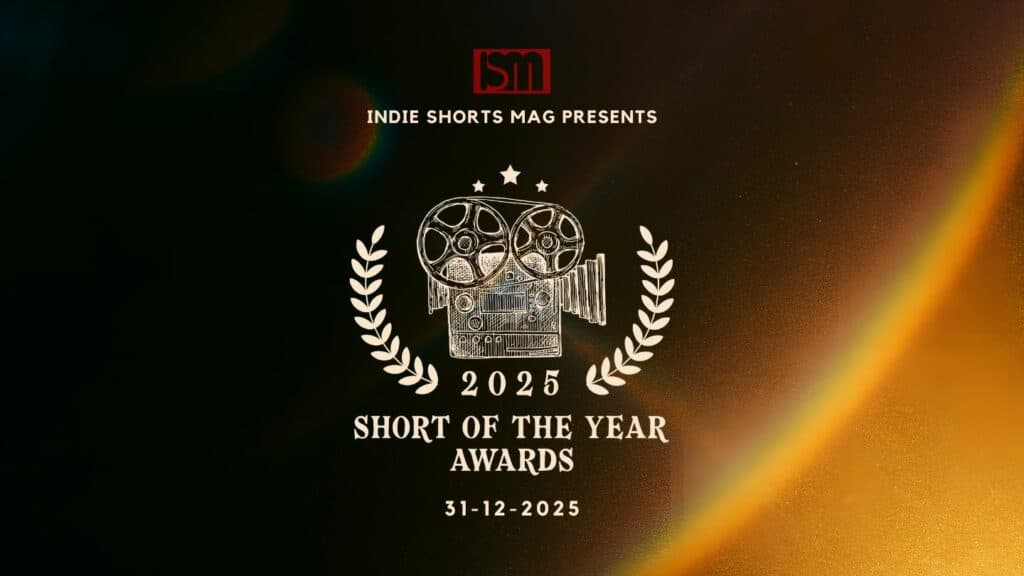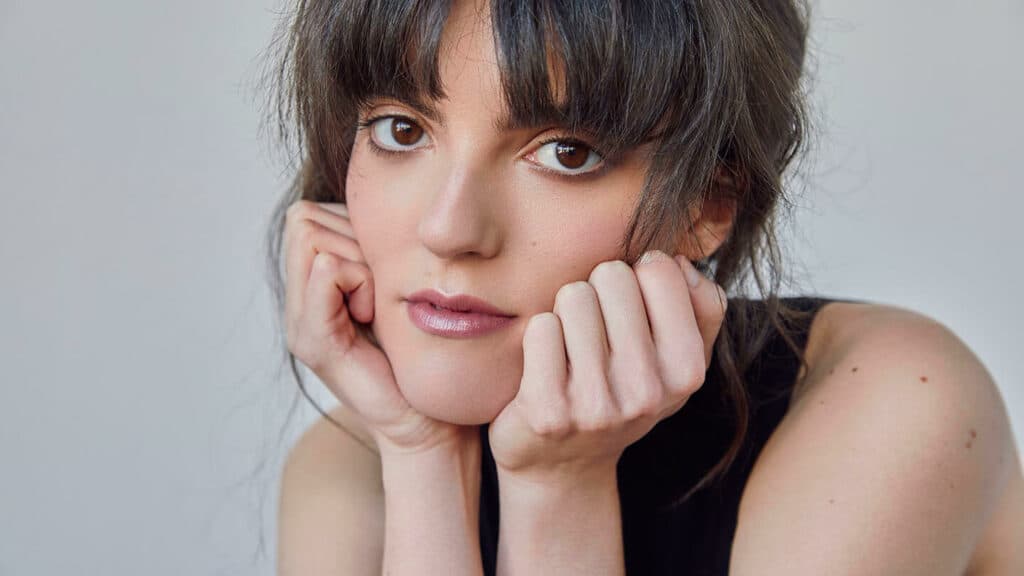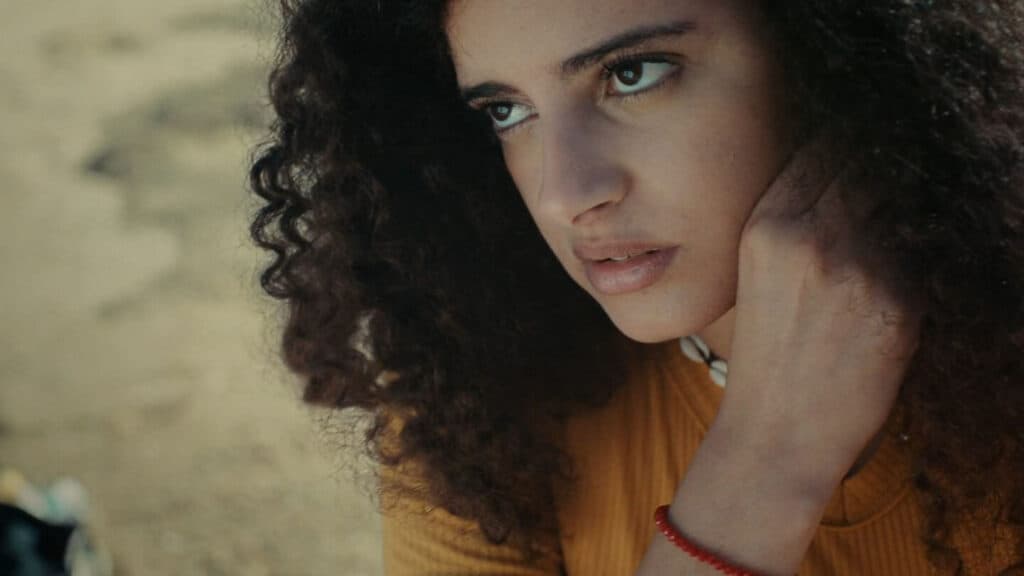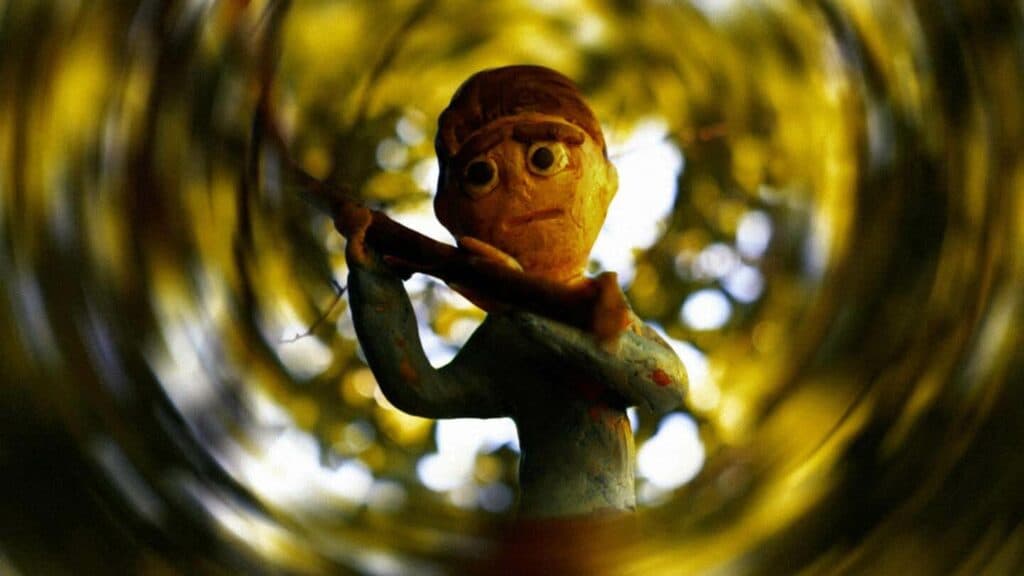William Phelps’s The Return to Why is a 31-minute drama that weaves grieving into its aesthetic. A story about returning to a home burned by loss, it centres on Lyria, one year into trying her best to cope with the suicide of her younger sister.
Remembrance and mourning are poignantly shown in the lo-fi black and white look, as are the personalities of the two sisters. Creative and non-conforming, their zest for life translates into rough edges and messy finishes: think greasy grunge, polaroids, handy-cams. Equally, Lyria’s grief at the loss of not just a sibling but a mind with which she was in tune, also gives to the messiness. No grandeur, no polish, no scene stealing big speeches that scream LOOK AT ME, the film is nevertheless made of heartfelt dialogue interspersed with the intruding past.

There are two stops Lyria (Cascina Caradonna) must make on her amendments trip that she embarked on at the behest of the bedridden uncle (Phil Rafferty) she had run away to. First, the girlfriend she abandoned when she left without a word. Casey (Yessenia Rivas) forgives without reservations, so when she mentions a fiancee and when she fondly recalls the past, the life they missed out on peeks through for a brief, shy second. With Rachel (Kimi Handa Brown), Iris’s (Stella Marcus) girlfriend, forgiveness is unnecessary. Lyria and Rachel, Iris’s most loved, both have the same questions to haunt them. What could they have done? Could they have come home earlier? Spotted the signs better? Known that when Iris was making lunch plans for the day after, that there would be no lunch, only the gnawing hollow where she longer exists?

The final vignette is a cathartic—a dramatic term that befits the vivacious, raw Iris, whose absence is the raison d’etre of such a subdued film—long pending talk between the two sisters. It is a goodbye, and a see you soon, and a you’ll never be apart from me. Here we see the sisters as they were: carefree, loving, fondly bickering, and the heart around which families grow.
The editing and camerawork both remain still in the present; the past is chaotic, loud, and persistent. In the present, the image makes room for time in which Lyria can arrive at grace and the beginnings of peace. The effect is profound, especially because of the cast. Though Caradonna has the lion’s share of the work—and she does pull it off strikingly—Rivas is especially magnetic as the stoic bartender who, for once, is involved in the story of the stranger who walks in at midnight.
The excellence of The Return to Why is that its hush stays with you as sensation and its remembrance as images. It becomes, then, an astute portrait of moving on.
No comments yet.
Got Something to add to this article?
Your email address will not be published. Required fields are marked *












